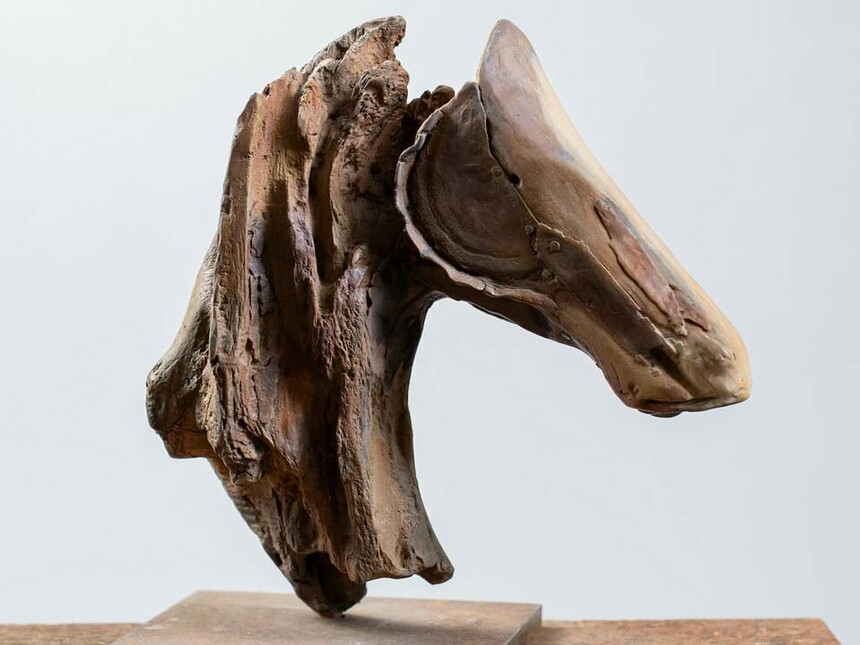
20 Mar Drawing on memory
Source Credit: Content and images from Wall Street International Magazine by . Read the original article - https://www.meer.com/en/79571-drawing-on-memory

Kathryn Markel Fine Arts is excited to announce an
upcoming group exhibition curated by Nancy Cohen. Titled Drawing on Memory, the exhibition features
four artists – Alexandra Athanassiades, James Esber, Margie Neuhaus, and Debra Priestly.
The works in this exhibition are united by the subtle ways that memory
played a role in the artists’ development of the conceptual underpinnings.
Each artist has an expansive practice where drawing is an essential element,
allowing their ideas to travel across media. Its importance is apparent in each
one’s larger body of work.
Born and living in Athens, Greece, Alexandra Athanassiades’s work draws on the history of ancient
Greek sculpture. The horse as a character and form has been present in her work for 40 years, standing in
for her personal family history while simultaneously referencing her interiority and independence. The
tenderness of her bronze sculptures evidences the found materials of their original structures and belies
the solidity of the material. More recently, she has been responding to the 20th-century Greek poet C.P.
Cavafy, whose work has been said to “hold the historical and erotic in a single embrace.” Athanassiasdes’s
drawings on top of printed book pages and installations could be described similarly.
While Athanassiades’s influences reach far back in time, James Esber mines a
more recent and particularly American experience. His vibrant drawings and
paintings both compel and repel us. It feels fitting that AI is among the sources
used in deriving his unexpected juxtapositions. In contrast to the publicly
accessible sources of his layered images are the relationships between the
characters in his work, many of which reference memories from his childhood
and, more recently, his experience of being a parent. The images in the work are
familiar, yet somehow remain unnamable and indescribable. The lines between
drawing and painting, figuration and abstraction blur in Esber’s work, where the
line is electric and mutating forms are evident throughout.
Margie Neuhaus’s subtly complex drawings and weavings share Esber’s
connection to mark-making and shape-shifting. Neuhaus’s work explores
continuity and change within a system, as reflected in natural and manmade
structures. She invents systems to create two- and three-dimensional structures
that test the boundaries of the systems they establish. A source of the
transformations and empty spaces in her work are the memories of her
childhood in the Catskills, where unused, deteriorating hotels and tilting hay
barns stood in contrast to new construction. There is a bare, stripped-down
quality in Neuhaus’s work, which evokes a sense of contemplation that speaks
to empty spaces and abandoned places.
In Neuhaus’s and Debra Priestly’s work, the silences are as important as the
actions. Priestly’s work has the most apparent connection to memory, as its
focus is a personal archive of family history, ancestry, and cultural preservation.
Priestly exhibits a major diptych, McCoy and Veora Priestly, in which images of
her parents softly emerge from an almost ghostly white space. Her poetic and
restrained drawings are accompanied by three of Priestly’s newest
sculptures—black clay figurative vessels that reveal a solidity and intimacy that
also quietly and powerfully call the viewer to attention to notice the beautiful
details and powerful metaphors.
Source Credit: Content and images from Wall Street International Magazine by . Read the original article - https://www.meer.com/en/79571-drawing-on-memory

